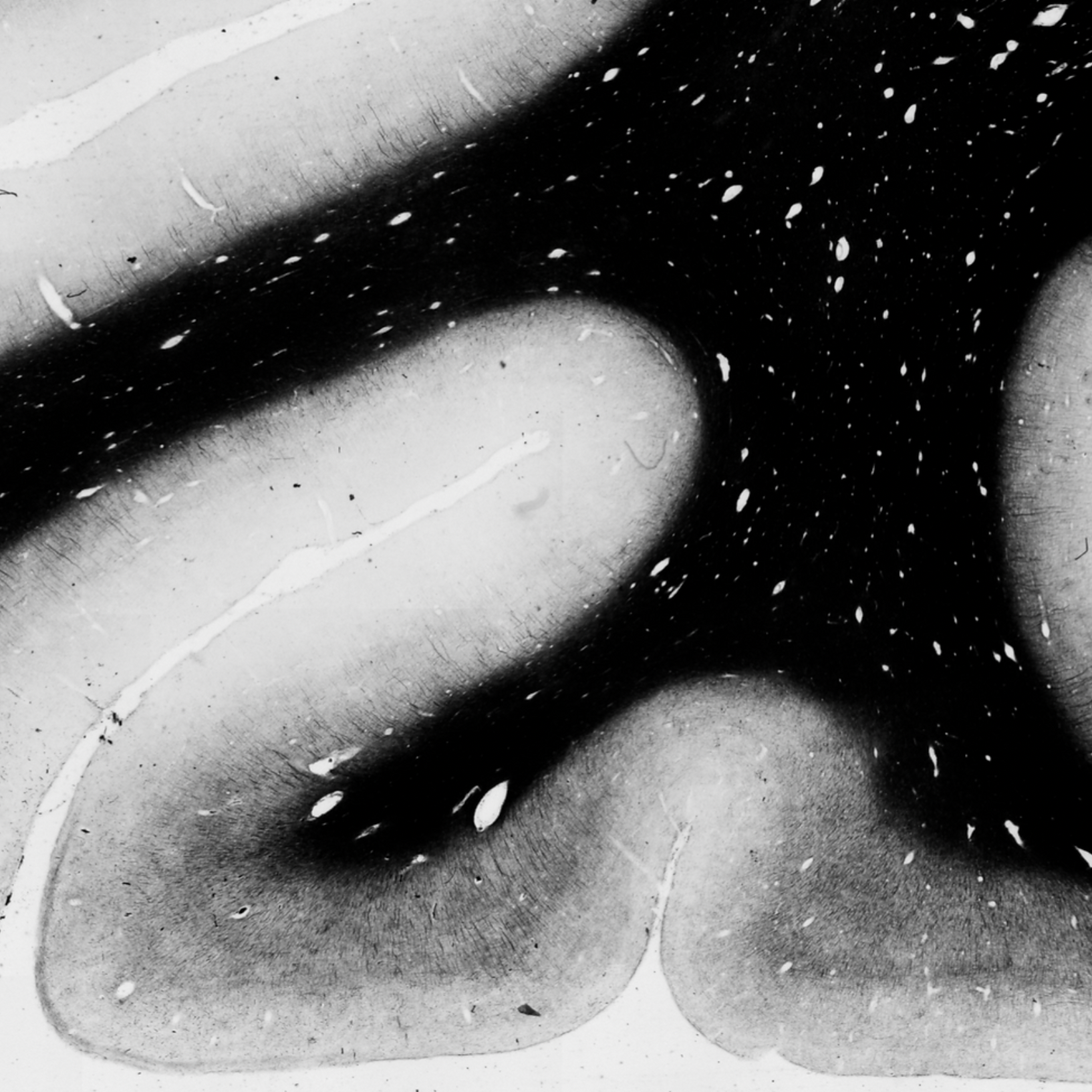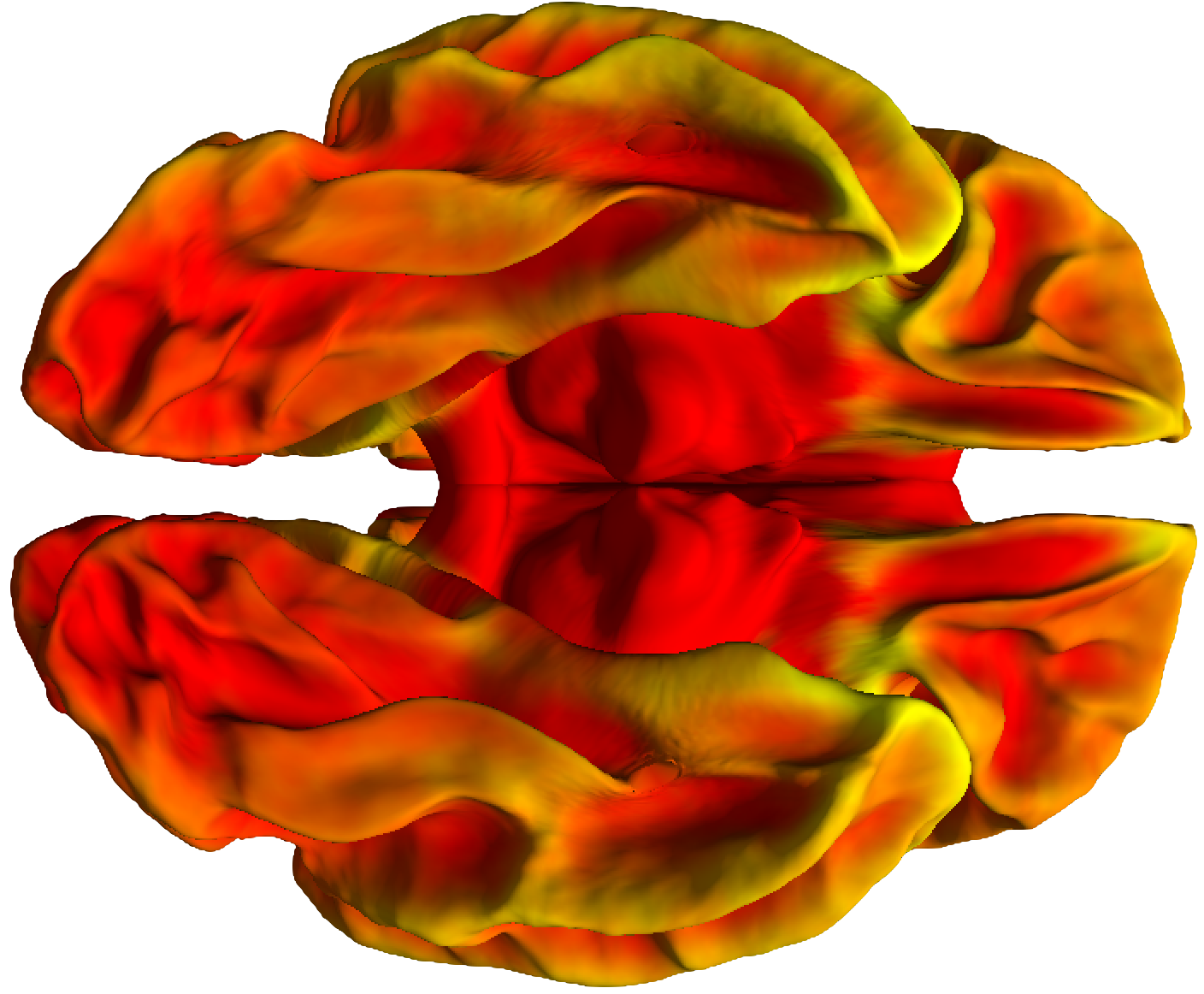The Lab

Mission
The human brain undergoes dramatic changes in the time between birth and adulthood. In fact, the human brain shows the most protracted development of any species, making it uniquely sensitive to environmental influence and our experiences. From MRI to microscopy, we employ a range of techniques to study the nature of this development, and more importantly, what happens when this development goes awry. In addition to conducting experiments, the lab is a teaching environment committed to training students and scientists from all backgrounds. A diversity of minds leads to a diversity of discoveries. Below are some areas of research on which the lab currently focuses. If you're interested in participating in an experiment, please get in touch!
Experience and the brain:

To what extent does experience sculpt the function and topography of human cortex? Through magnetic resonance imaging, we seek to create models relating experience across development with the emergence of structural and functional organization in the brain. Importantly, we can being to understand what happens when this development is disrupted through either atypical childhood experiences or disorders.
The role of tissue:

Studying brain function is as equally important as understanding the structures that make these computations possible. Using advanced MRI techniques like diffusion-weighted (DWI) and quantitative imaging (qMRI), we study how developmental and individual differences in the cortex and connections of the brain underlie changes and variability in behavioral skills like reading and recognizing. We also seek to understand the source of these in vivo measures using immunohistochemistry to image fine-scale structures like proteins and lipids, and quantify their change across development.
The origins of organization:

While we have made much progress in mapping out the topographical organization of function across the human brain, the origins of this organization are still a bit of a mystery. We approach this problem from two scales, a broad scale using MRI to measure how unique experience or stimuli can change brain organization, and a finer scale using gene transcription and cytoarchitecture to see how anatomy governs and constrains a region's inputs and computations.